Results
-
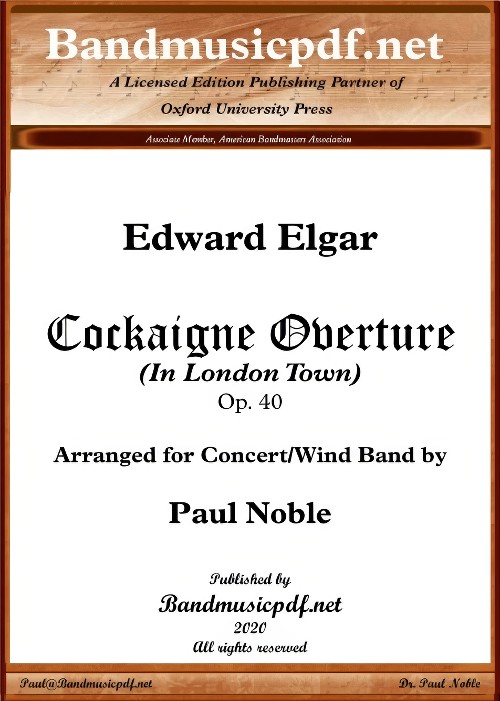 £150.00
£150.00Cockaigne Overture (In London Town) (Concert Band - Score and Parts) - Elgar, Edward - Noble, Paul
Cockaigne Overture was composed when Edward Elgar received a commission from the Royal Philharmonic Society, and he reported that the new piece was "cheerful and Londony, 'stout and steaky'...honest, healthy, humorous and strong, but not vulgar." The first performance was in the Queen's Hall, London, on 20 June 1901, conducted by the composer. He dedicated the work to his "many friends, the members of British orchestras." The music was an immediate success and became one of Elgar's most popular works. In its 15 minutes or so, the overture gives a lively and colourful musical portrait of Edwardian London. 'Cockaigne' was a term used by moralists at that time as a metaphor for gluttony and drunkenness, while Britain adopted the name humorously for London, and from it we get the Cockney. Cockaigne or Cockayne /ka' kein/, the word origin tracing back to the 13th century, is a land of plenty in medieval myth, an imaginary place of extreme luxury and ease where physical comforts and pleasures are always immediately at hand and where the harshness of medieval peasant life does not exist. The work presents various aspects of turn-of-the-century London and Londoners. It begins with a quiet but bustling theme which leads into an unbroken sequence of snapshots: the cockneys, the church bells, the romantic couples, a slightly ragged brass band (perhaps the Salvation Army) and a contrastingly grand and imperious military band. The broad theme representing Londoners has been stated as the first occurrence of Elgar's trademark direction, 'nobilmente.' The work ends in a characteristically Elgarian blaze of sound, including an optional full organ.
Estimated dispatch 7-14 working days
-
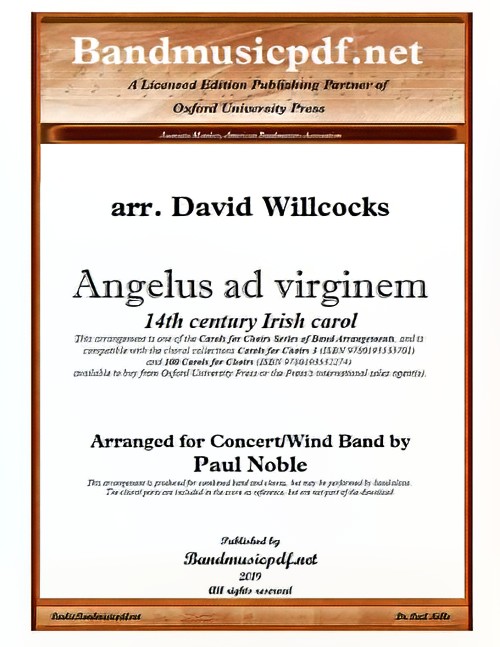 £75.00
£75.00Angelus ad Virginem (Concert Band with Optional Choir - Score and Parts) - Noble & Willcocks
Angelus ad Virginem (or its English title, Gabriel, From Heven King Was To The Maide Sende) was a popular medieval carol,whose text is a poetic version of the Hail Mary and the Annunciation to the Virgin Mary. Probably Franciscan in origin, it was brought to Britain by French friars in the 13th century. It is said to have originally consisted of 27 stanzas, with each following stanza beginning with the consecutive letter of the alphabet. Surviving manuscripts may be found in a c. 1361 Dublin Troper (a music book for use at Mass) and a 13th or 14th century vellum Sequentiale that may have been connected with the Church of Addle, Yorkshire. Its lyrics also appear in the works of John Audelay (perhaps a priest, he definitely spent the last years of his life at Haughmond Abbey, where he wrote for the monks), in a group of four Marian poems.
Estimated dispatch 7-14 working days
-
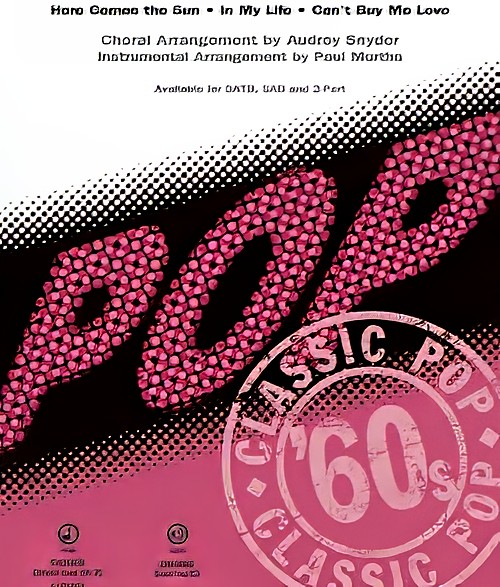 £2.99
£2.99Can't Buy Me Love (Medley of Hits by The Beatles) (2 Part Choral Octavo) - Lennon & McCartney - Snyder, Audrey
This easy-to-sing 5-minute medley celebrating the timeless music of the Beatles is perfect for singers and listeners of any age! Combine with your instrumental department for a fabulous concert finale! Includes: Can't Buy Me Love, Here Comes the Sun, In My Life.
Estimated dispatch 7-14 working days
-
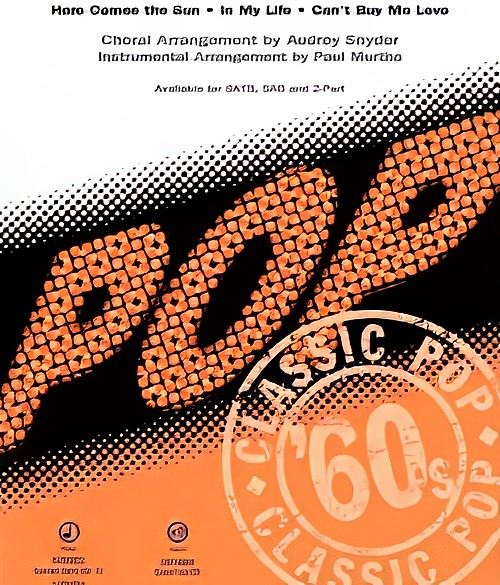 £2.99
£2.99Can't Buy Me Love (Medley of Hits by The Beatles) (SAB Choral Octavo) - Lennon & McCartney - Snyder, Audrey
This easy-to-sing 5-minute medley celebrating the timeless music of the Beatles is perfect for singers and listeners of any age! Combine with your instrumental department for a fabulous concert finale! Includes: Can't Buy Me Love, Here Comes the Sun, In My Life.
Estimated dispatch 7-14 working days
-
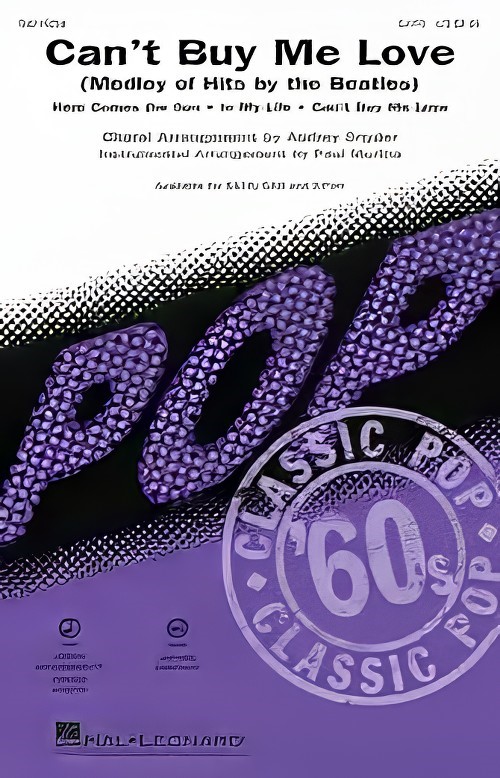 £3.50
£3.50Can't Buy Me Love (Medley of Hits by The Beatles) (SATB Choral Octavo) - Lennon & McCartney - Snyder, Audrey
This easy-to-sing 5-minute medley celebrating the timeless music of the Beatles is perfect for singers and listeners of any age! Combine with your instrumental department for a fabulous concert finale! Includes: Can't Buy Me Love, Here Comes the Sun, In My Life.
Estimated dispatch 7-14 working days
-
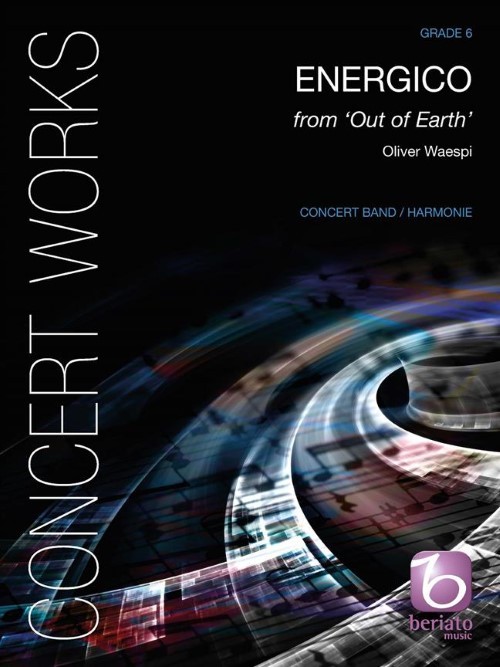 £239.99
£239.99Energico (Concert Band - Score and Parts) - Waespi, Oliver
Energico is the third movement from the composition Out of Earth, a musical exploration of the creation of the myth Ovid's Metamorphoses. This myth depicts humanity's path, and is taken from a golden age of the past. It describes the destruction of the Great Flood, to the re-building of life on earth. Out of Earth was created as a commission for the Aulos Concert Band and was premiered by the band in October 2015. It is a very challenging piece of music, which is perfect for contests or high-end concerts.Duration: 12.15
Estimated dispatch 7-14 working days
-
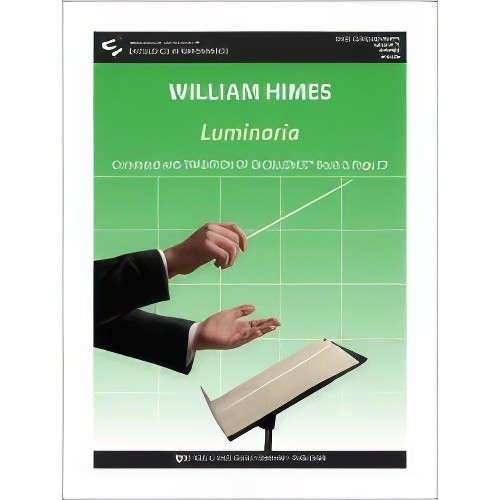 £65.00
£65.00Luminaria (Concert Band - Score and Parts) - Himes, William
Incorporating the 19th century hymn tune "To God Be the Glory," composer William Himes gives us a cheery piece celebrating the life of his mentor, the great music teacher Henry Vander Linde. Luminarias are Christmas lanterns typically placed with others along a driveway, sidewalk, or rooftop as a holiday decoration. This joyous composition is perfect for contest and festival, and as a serious selection for a holiday concert.
Estimated dispatch 7-14 working days
-
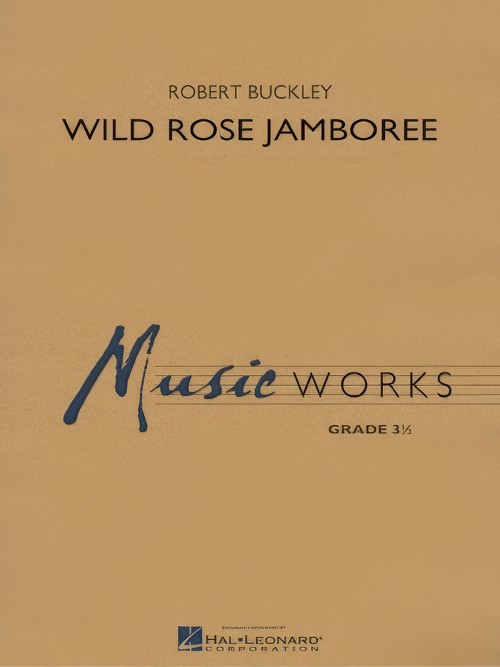 £72.99
£72.99Wild Rose Jamboree (Concert Band - Score and Parts) - Buckley, Robert
Wild Rose Jamboree conjures up the pioneer spirit and the big-sky panorama of Alberta, Canada's heartland. The cinematic approach to the music captures the essence of life in wild rose country - famous for its rodeos, warm-hearted people, majestic mountains and wide-open spaces. With a high-spirited hoedown and a rich, reverent theme that features a trumpet solo and a flute/clarinet duet, this composition could be a dynamic show opener or festival piece. Wild Rose Jamboree can be effectively performed by a mixed group (junior band and senior band, for example), the upper parts being at a medium level and the lower parts (flute 2, clarinet 3, alto saxophone 2, trumpet 3, horn 2 and trombone 2) at an easier level.Duration: 5:00
Estimated dispatch 7-14 working days
-
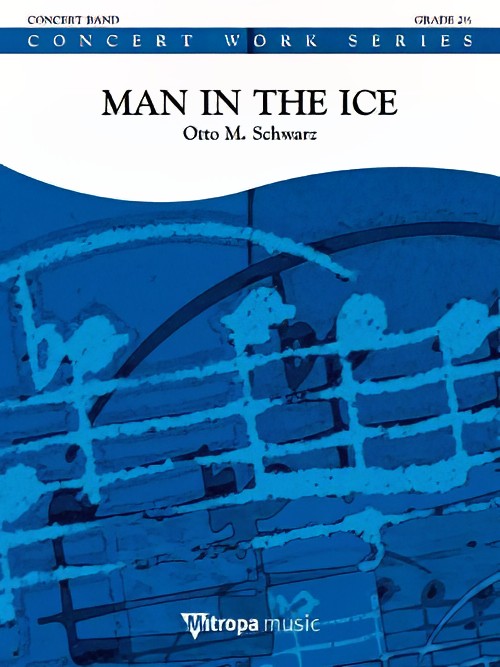 £104.99
£104.99Man in the Ice (Concert Band - Score and Parts) - Schwarz, Otto M.
This programmatic piece of music is one of the best-selling works from Otto M. Schwarz. There was a very high demand for a lower grade version to enable young and small bands to perform this epic piece. On September 19th, 1991, a mummified corpse of a man was found at the Similaun glacier in the ?tzt?ler Alps. The glacier unveiled an early man after 5300 years, with all of his personal belongings. His clothes and weapons were fairly well preserved and provide us today with a deeper insight into that period. Austrian nature filmmaker Kurt M?ndel reconstructed the life of this man and made a film, which Otto M. Schwarz used as an opportunity to write a work for symphonic wind band and musically resurrect the "Man in the Ice- ?tzi".
Estimated dispatch 7-14 working days
-
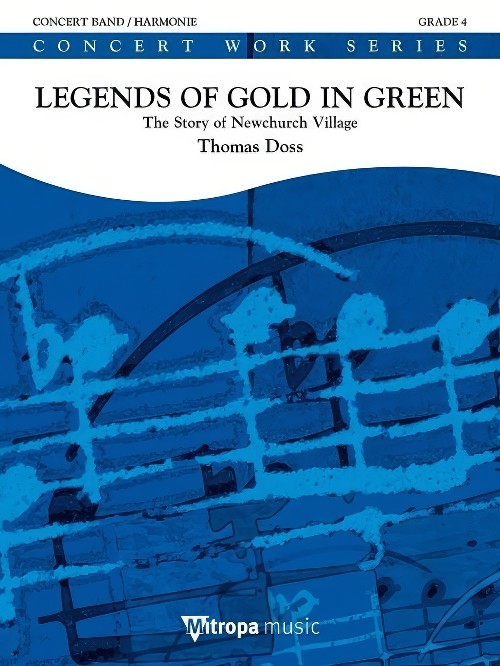 £144.99
£144.99Legends of Gold in Green (Concert Band - Score and Parts) - Doss, Thomas
This is the tale of the small Upper Austrian village of Neukirchen/Lambach. The beautiful landscape around the village is as green and golden as the linden leaf cross on the village coat of arms. For almost 1000 years, this community and its hardworking folk are known for being creative, ambitious and joyful. Above all, music plays an important role in their every day life.Duration: 11:45
Estimated dispatch 7-14 working days
